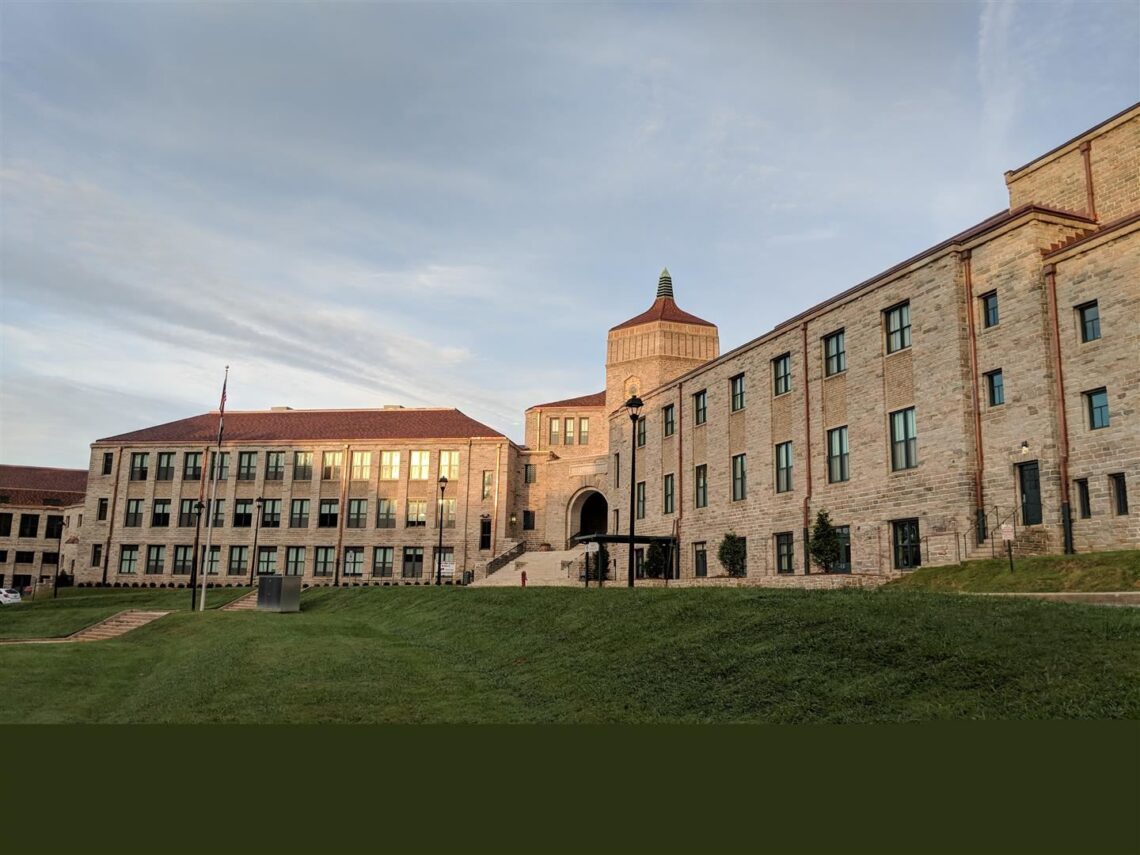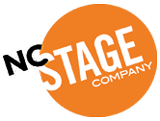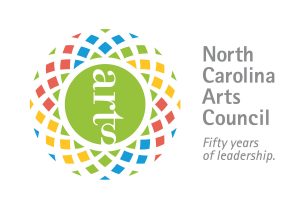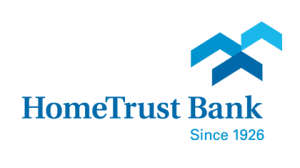This blog post is the last in a three part series for our recent production of Thurgood at North Carolina Stage Company. The show detailed the life of Thurgood Marshall and the run coincided with the 70th anniversary of the Brown v. Board of Education decision – a landmark case that ruled against the segregation of public schools in the United States. This blog series works to situate Asheville in the history of American desegregation and the Civil Rights Movement. This week, we discuss our public and private schools in Buncombe County and how educational disparities for Black and white students are still present. It is important to note that children of many backgrounds outside of the simple Black/white dichotomy are present in Asheville, Buncombe County, and the school systems. In the case of this post, the pervasive Black/white racial dichotomy that dominates the culture of the United States and the history of school desegregation is what is explored. Suggested sources for the experience of other children, and the routine historical erasure of peoples that did not neatly fit into “white” or “Black” categorization are listed below.
In the 2021-22 school year, an achievement gap study conducted in Buncombe County and Asheville City schools showed stark differences in academic achievement for Black and white students. 11% of Black students in grades 3-8 in Asheville City schools were deemed math proficient, in comparison to 66% of the white students – a 55 point gap. A 62 point gap was present for reading proficiency. Buncombe County schools fared slightly better, but still showed a significant gap for the same grade groups with a 40 point gap in math and 36 in reading. Sixty years after school integration in the Asheville and surrounding areas, unequal treatment for Black versus white students in the public schools is still prevalent. Issues that Black students protested after moving from Stephens-Lee to an integrated school – lack of Black teachers, unequal punishment for Black students, and a marked lack in their education quality – are problems Black students still face today.
Image: Current Asheville High School. Photo from Asheville City SchoolsStudent discipline is disproportionately doled out to Black students in both City and County school systems, and Black children are pulled out of class more. Per 1,000 students, 17.1 Black children are referred to law enforcement versus 2.29 white students in Asheville City schools. That number rises for the county, with 23.4 Black students to 9.2 white. These disciplinary measures affect Black children’s ability to engage in the classroom as they end up spending less time in the classroom as their white counterparts. By the time graduation rolls around, only 12% of Black students in City schools are judged college ready, compared to 76% of white students. In County schools, 25% of Black students are considered college ready, versus 55% of white students. Local officials on school boards for both systems believe that poverty is the leading cause of these achievement gaps. Since the Black community has been historically disadvantaged socially and economically, Black families are more likely to be in poverty than white families. Poor children, in general, are considerably disadvantaged in public school systems and are most often not able to access private education.
Today, Asheville City and Buncombe County Schools are working towards a required 2025 study to consolidate the school systems, in part to mediate steady enrollment drops for Asheville City schools, a trend that has been a problem for the City since the 60s. Factors such as the academic achievement gap, COVID virtual requirements, Opportunity Scholarship programs for low income students to attend private schools, and laws such as the Parent’s Bill of Rights all play a part in the drain of students from public city and county schools. Alternatives to public education, including homeschooling, private, and charter schools, have been seeing a steady increase in student enrollment since 2011. COVID caused a 21% increase in homeschooling – and the virtual disruption caused the most harm to children who could not engage fully in school while at home. These were, predominantly, poorer children.
For those who can afford to send their children to alternative educational institutions, the problems facing the public school system are not their concern. But for those who are still in the public school system, and being treated unfairly, what is the solution? With teacher wages in North Carolina some of the lowest in the nation, a lack of Black and minority teachers in the schoolroom, and factors such as higher disciplinary rates for Black children – their educational experience still looks a lot like it did in the 60s. Is there an easy answer? More funding and more representation, a divestment from punishment, and more funds for teachers might be a good start. Opting to send more children to public school, and parental engagement may also be key factors. One thing is for sure – our public schools still need help just as much as they did sixty years ago.
Sources:
https://dashboard.myfuturenc.org/wp-content/uploads/county-profiles/Buncombe_County.pdf
Further reading:
https://www.archives.gov/news/articles/native-americans-census
https://www.annualreviews.org/content/journals/10.1146/annurev.polisci.9.072204.175806


















